The use of ammonia for beets
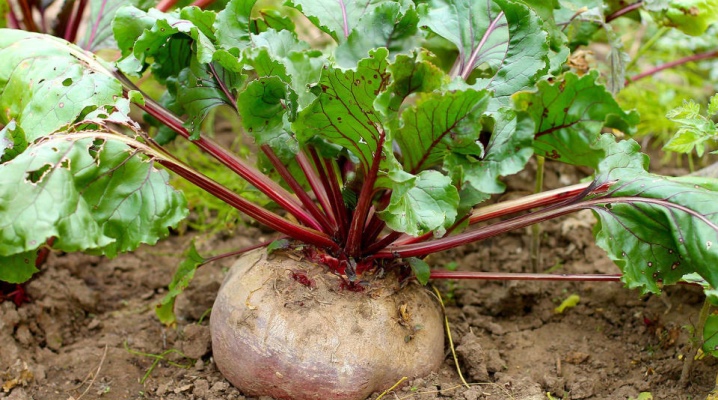
It is possible, and sometimes even necessary, to use ammonia in the beds. Such a budgetary tool serves as a top dressing and insecticide that eliminates insect pests. Ammonia for plants is a source of nitrogen in an easily assimilable form. But the use of ammonia requires caution, since not every culture has shown its use in large quantities.
Salmon becomes a real assistant in the hands of a skilled gardener. It can be effectively used as a top dressing, since it is absorbed very quickly and completely. Strict dosages must be observed to avoid negative results.

Action
The pungent ammonia smell and concentration of the composition scare away and destroy various types of insects. In particular, ammonia is used against ant attacks, but in a reasonable dosage it can scare away more serious pests - bears and wireworms.
Thanks to spraying with ammonia, it will be possible to budget-protect the crop from damage from birds or small rodents. The use of ammonia as a fertilizer is obtained due to its composition, enriched with nitrogen in an easily digestible form. At the stage of growth, all plants need this element to some extent, the dosage depends on their type.
Based on this, in order to feed the plant, the concentration of the solution must be selected individually, taking into account the initial indicators of soil acidity.
It should be noted that oversaturation with nitrogen fertilizers leads to significant soil oxidation, which negatively affects the subsequent growth of plants. Beets can be watered with ammonia water as sparingly as other vegetable crops.
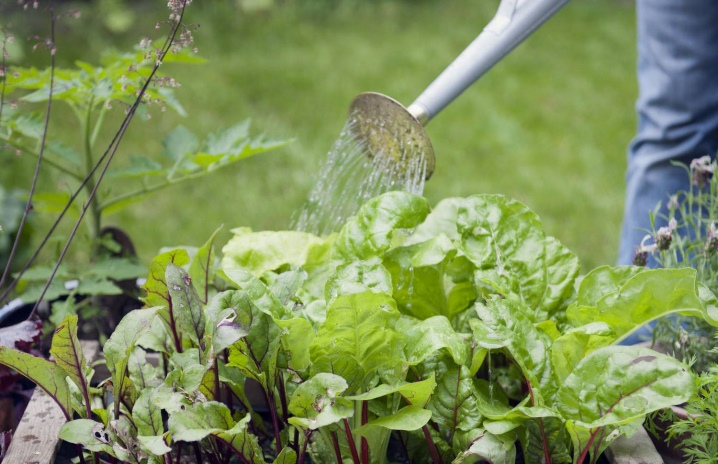
How to dilute ammonia?
The standard dosage of ammonia is 10 ml per bucket of water. This solution is used for root feeding of beets with a moderate nitrogen deficiency. Treatment with ammonia is assumed from 3 times throughout the season, it is usually carried out at the beginning of the growing season, in the bud setting phase and in the midst of fruiting. For the active enrichment of the soil with nitrogen, a different dosage is used, with an increase in the amount of ammonia and a decrease in the volume of water. In 4 liters of liquid, 50 ml of ammonia is diluted. Top dressing is carried out through watering in the root zone, but you can also spray the solution over the ground part.
A weekly interval must be maintained between procedures. However, it is possible to spray the ground parts according to the standard proportion, adding 1 tbsp of water to a bucket of water. l. ammonia. It is good to treat beets and other garden crops with such a solution to protect them from parasitic insects.
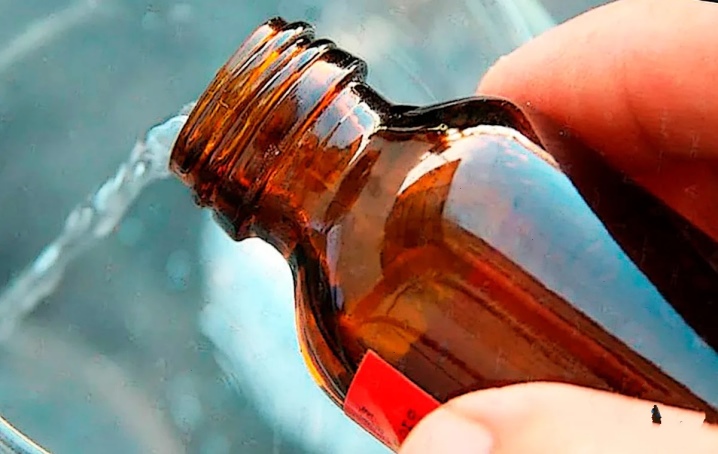
How to use?
Before you start watering the beets with water with ammonia, the plants must be watered with running water. Ammonia should not be used more than once every 7 days. They begin to feed with a small dose, gradually increasing the concentration of the active substance and the degree of watering.
To prevent attacks by common pests, solutions of different saturations are prepared. To prevent the defeat of aphids and lurkers, you need to prepare spraying of the following concentration: stir 1 tbsp in a bucket of water. l. alcoholic ammonia infusion. Water during the height of the growing season weekly.
In addition to protecting against parasitic insects, this solution also serves as foliar feeding.
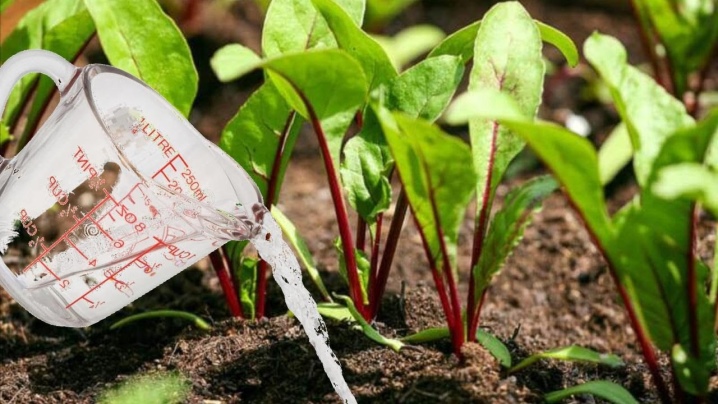
The following composition will be effective against aphids: pour 2 tbsp into a bucket of water. l.pharmacy ammonia and pour 50 grams of shavings of laundry soap (insecticidal). The soapy solution will ensure good adhesion of the nutrient fluid to the foliage and will help soften the parasite's shell. You need to process it when the need arises, but no more than once a week.
This solution will help carrot and onion flies to survive from plantings of beets and other crops: stir a couple of teaspoons of ammonia in a bucket of water. In this situation, it is necessary to spray the upper parts of the plants and at the same time carry out root watering.
Watering with a more concentrated composition will protect against a bear and a wireworm planting. In a full bucket of water, dilute 10 ml of liquid ammonia and stir. You can water immediately. The result will not be long in coming.
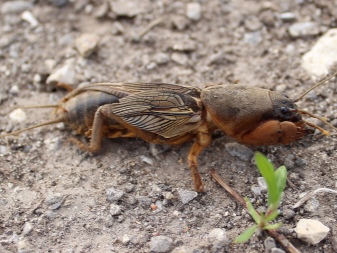
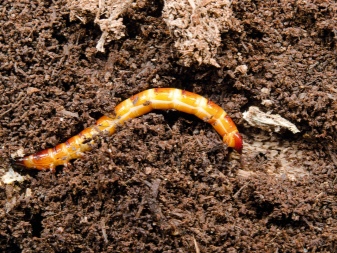













The comment was sent successfully.